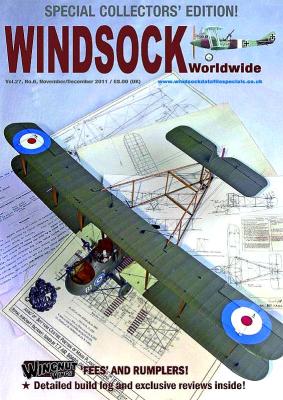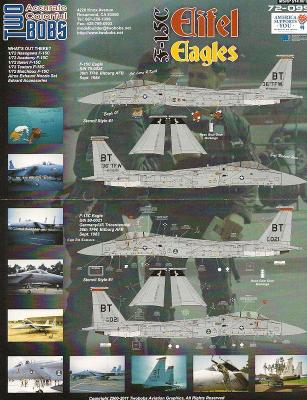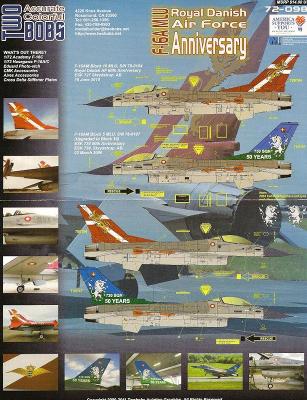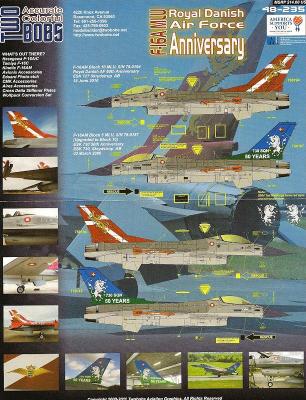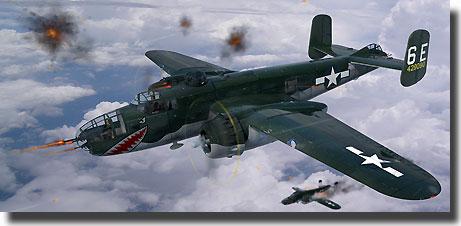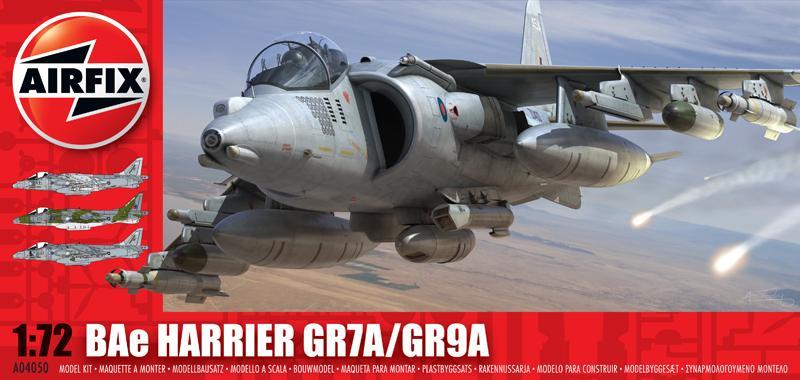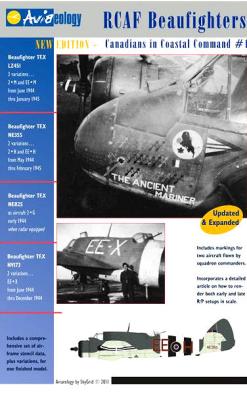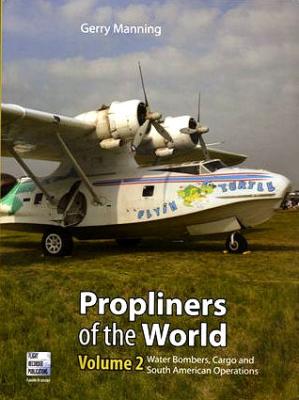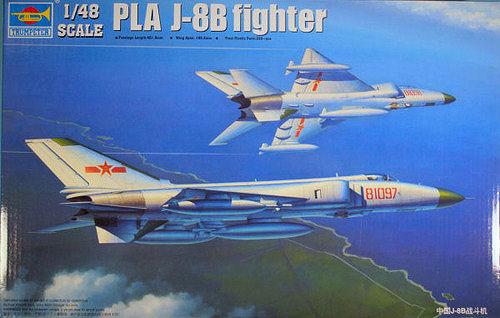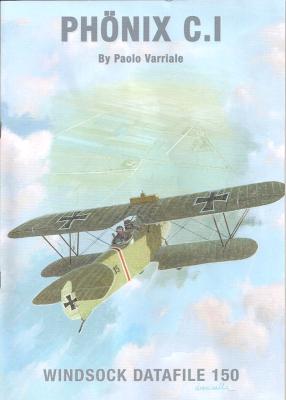Windsock Worldwide is considered to be the “gold standard” by many historians and modelers when the subject matter is World War I aviation, and this issue will not disappoint. This issue is designated by Albatros Productions as a “Special Collector’s Edition.” That designation is well deserved. This issue was expanded to 40 pages. The flyer inserted into this issue best summarizes the contents and reads, “Apart from the World exclusive reviews of the early and late version RAF Fe-2bs and Rumpler C.IVS, there is an extended, highly-detailed, 14 page build log of the early Fe-2b by editor Ray Rimell. This heavily-illustrated stage-by-stage guide also includes contemporary diagrams from the original Parts Schedule to aid modellers seeking extra documentation.
Bob Sanchez continues to turn out great decals. This sheet is for F-15C Eagles from Bitburg Air Base in Germany. The markings are on one full and one half sheet printed flawlessly by Microscale. They include markings for jets ranging from 1983 through 1993 and show three different stencil styles and two paint schemes. Markings include squadron and wing commander’s aircraft, as well as an aircraft marked for the US/Germany Tricentennial in September of 1983. Six of the tail numbers shown carry kill marks from Operation Desert Storm in 1991.
The instructions include six full-color pages of drawings and pictures of the different aircraft that can be made from these sheets. Markings for 13 aircraft are on the sheets, with sufficient stencils to do one full-color, two subdued, and one Mod-Eagle jet. In my opinion, this sheet is well worth the asking price, especially considering it does function as its own reference guide.
Twobobs has released a sheet for those of us who like colorful aircraft, something that will relieve that expanse of grey on grey in the display case. The aircraft catered for on this sheet are two F-16A Midlife Update (MLU) aircraft at Skrydstrup AB of the Royal Danish Air Force. They were painted in special markings to celebrate the anniversaries of the activation of their squadrons.
The first, F-16AM Block 10 MLU, 78-0194, commemorates the 60th Anniversary of ESK 727 on 18 June 2010. It has an all orange-red tail fin and fairing with a white cross and a golden lion and golden script showing 1950 and 2010 for either side of the tail.
Twobobs has released a sheet in 1/48 scale for those of us who like colorful aircraft, something that will relieve that expanse of grey on grey in the display case. The aircraft catered for on this sheet are two F-16A Midlife Update (MLU) aircraft at Skrydstrup AB of the Royal Danish Air Force. They were painted in special markings to celebrate the anniversaries of the activation of their squadrons.
The first, F-16AM Block 10 MLU, 78-0194, commemorates the 60th Anniversary of ESK 727 on 18 June 2010. It has an all orange-red tail fin and fairing with a white cross and a golden lion and golden script showing 1950 and 2010 for either side of the tail.
As those of you who know me, my scale of choice for a long time now has been 1/32nd (aka Braille scale!). Needless to say, I’ve been ecstatic with the explosion of offerings from numerous manufactures. This is one I have been patiently waiting for for the last two years- Hong Kong Models B-25J.
The one pictured here, the glass nose “J” model, and I find it absolutely outstanding. The engraved detail is actually exquisite, the clear parts are like crystal, and the attention to detail is near phenomenal. (Are you getting the message that I REALLY like what I am seeing?). Included with the more than 11 excellent gray sprues was a basic decal sheet and a set of photoetch. The etched parts include seat belts.
For some reason, I decided a few years ago to build a collection of 1/72 Harriers. At that time I counted 24 separate and distinct sub-varieties and markings/nationalities. There would be more if I wanted to include all the two-seaters. So far, I have completed about 18 of them, from the first P.1127 prototype through the Kestrel and first- and second-generation Harriers. The kits range from the awful (Matchbox GR.1, which I could not bring myself to build) to the barely acceptable (Hasegawa GR.1/AV-8A) into the pretty good (Airfix/Heller AV-8B, Italeri AV-8B) to the really nice (ESCI AV-8A, Hasegawa AV-8B/GR.5 and AV-8B+). When I started the collection, there was no such airplane as the GR.9, so when it entered service I resigned myself to modifying a Hasegawa kit. With the release of this all-new mold from Airfix, I could now build it out-of-the-box without a lot of troublesome carving of small plastic pieces.
Decals
The decals are silk screen printed, waterslide, and look stunning. Depth of colors, registration, and definition appear perfect. The carrier film is minimal and follows the outline of the national markings, letters, and aircraft serial numbers. There should be no need to use the kit decals with this set, as all the markings and stencils and included. There are only enough stencils to finish one model, though.
Instructions
Eight A4 double-sided pages make up the instructions. The instructions have the true depth of reference material that can be preserved in the modeler’s library once the kit is finished and decals applied.
Information contained within the instructions/reference pages include:
This book is a photographic look at classic prop-driven water bombers, cargo carriers, and prop aircraft activities in South America. Some of the aircraft covered in volume two are the Catalina, Mars, CL-215, Conair Firecat (Grumman S-2), A-26, P2V, C-46 and more.
Chapter one is a photo essay on the various ex-warplanes and civil airliners that now make their living as fire bombers. Almost half of the book is devoted to these aircraft. I particularly enjoyed the photo coverage of the Martin Mars and other former warplanes converted to battle man’s oldest enemy, fire!
Chapter two covers Russian and Chinese built aircraft, with large photo coverage of the AN-2. In addition to the Colt, we are presented with photos of IL-18, An-8 and 24s, and Xian Y-7s.
Chapter three covers operations in South America. Here are some classic C-46s and DC-3s. Also photographically covered are more modern Soviet designs used in South America.
History
The development of a Chinese all-weather interceptor began in 1964 and resulted in the first Chinese-designed and built jet fighter. The prototype took its maiden flight in 1969, but the J-8 was not produced until 1979 and entered service in 1980. Its basic configuration resembles an enlargement of the delta-wing of the J-7, with two turbojet engines and a maximum speed of Mach 2.2.
History
The Austro-Hungarian Phönix C.1 two-seat biplane was one of the lesser-known aircraft of World War I, primarily because it was so late in getting into unit service. Designed and produced by the Phönix organization, the prototype first flew in June, 1917, but production models didn’t enter service until March, 1918. The C.1 was a compact two-seater powered by a six cylinder Kiero 230 hp. water cooled engine, and was armed with two machine guns, one firing forward and one in a flexible mount in the rear cockpit. The airplane was fast, although a few of them were shot down by their main adversaries, the Italians. Fewer than 100 were delivered up to the Armistice in 1918. Postwar, the aircraft was ordered by the Swedes and, although 41 were ordered, only 26 were actually built and delivered. The plane served mainly as an advanced trainer throughout the twenties, some lasting until 1935. Later Swedish C.1s were powered by Hispano engines.

